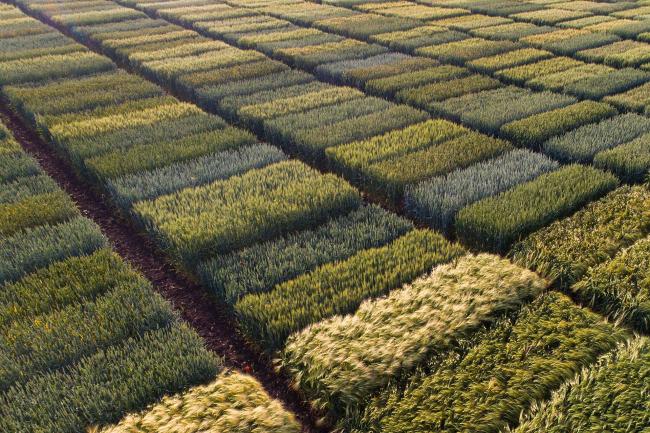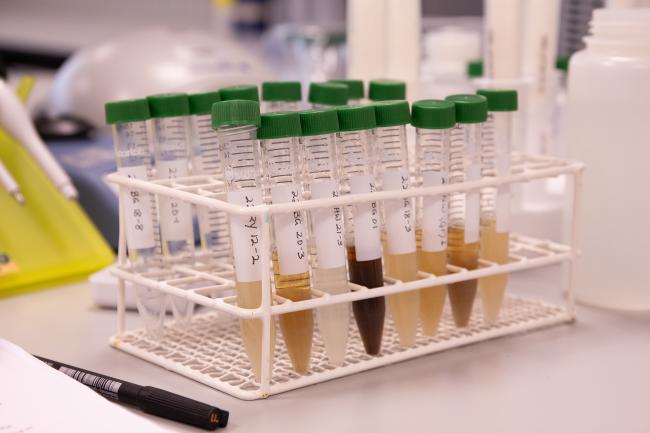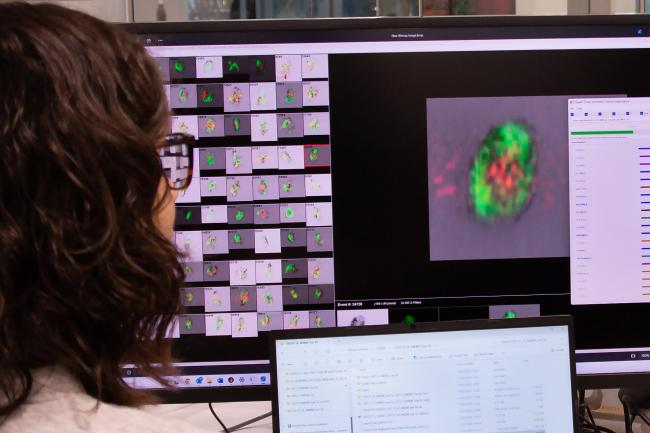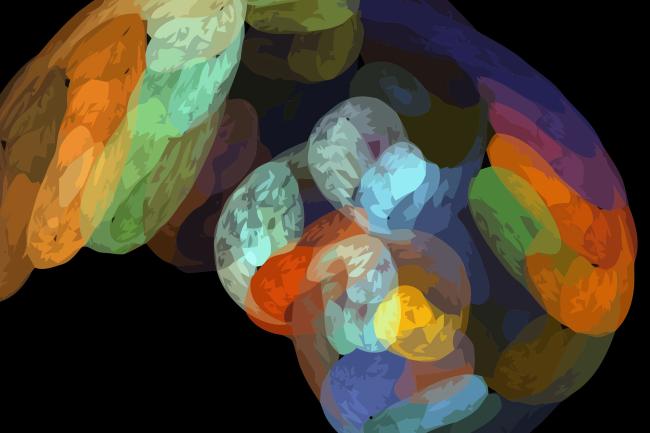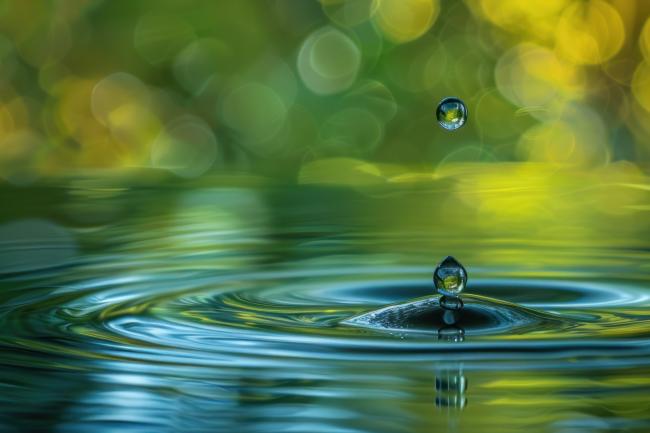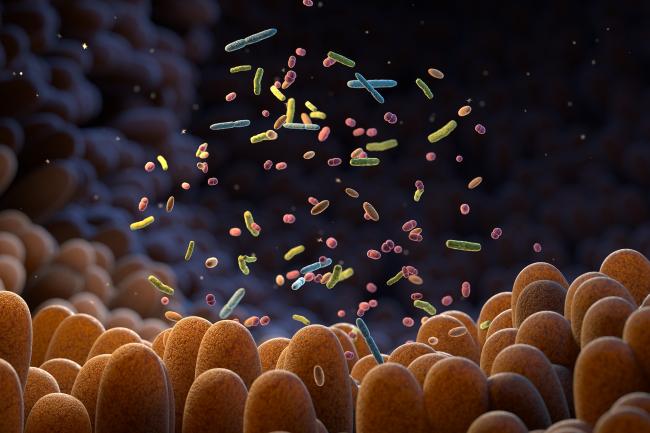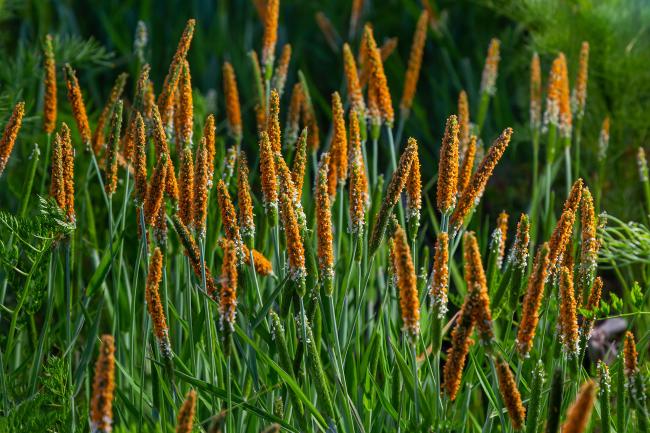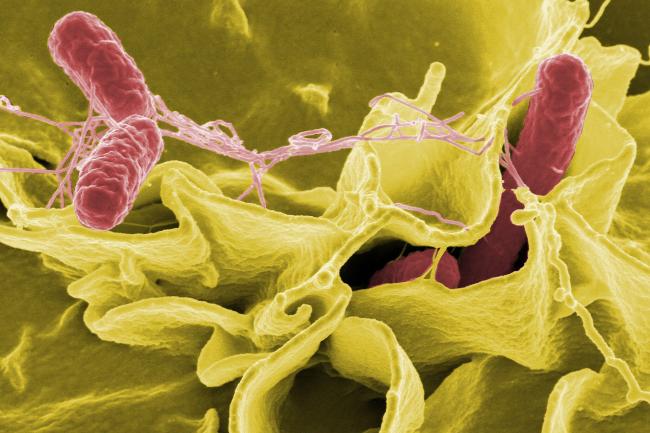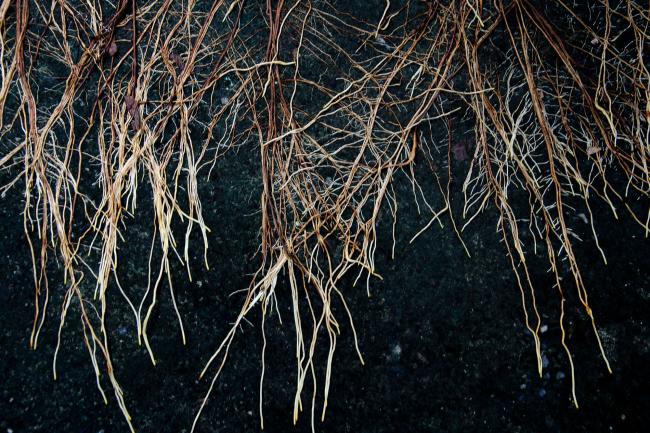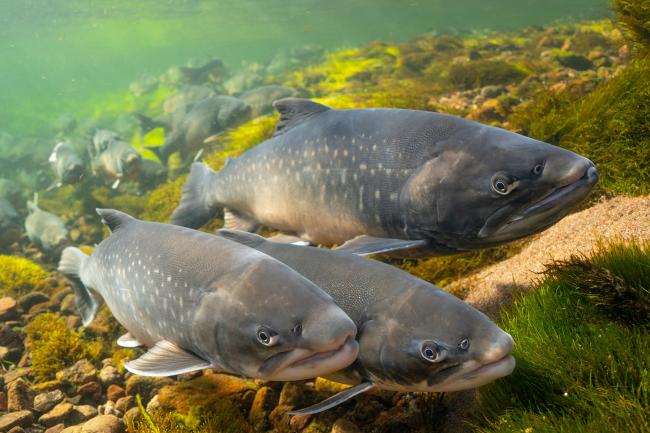Anyone for a shot of tequila?
The agave plant from which Mexico’s famous spirit is made is exclusively pollinated by bats. One species in particular, the Mexican long-tongued bat, is so-named for its special elongated tongue, which it employs to reach the delicious nectar deep inside a flower.
Agave plants co-evolved with bats, and as such are pollinated by night. One problem for both the bats and the tequila industry, in the long run, is that demand for more tequila means that agave plants are grown from clones which have their stalks cut before pollination can occur.
This is bad for bats and it’s bad for tequila. Clones are prone to diseases, while the bats require the pollen and nectar as food. Thankfully, the Tequila Interchange Project is underway, which advocates sustainable practices that can keep both bats and tequila thriving for years to come.
Tequila is not the only product we can thank bats for. They are responsible for pollinating a wide range of fruits, too, including mangoes, guava and bananas.







